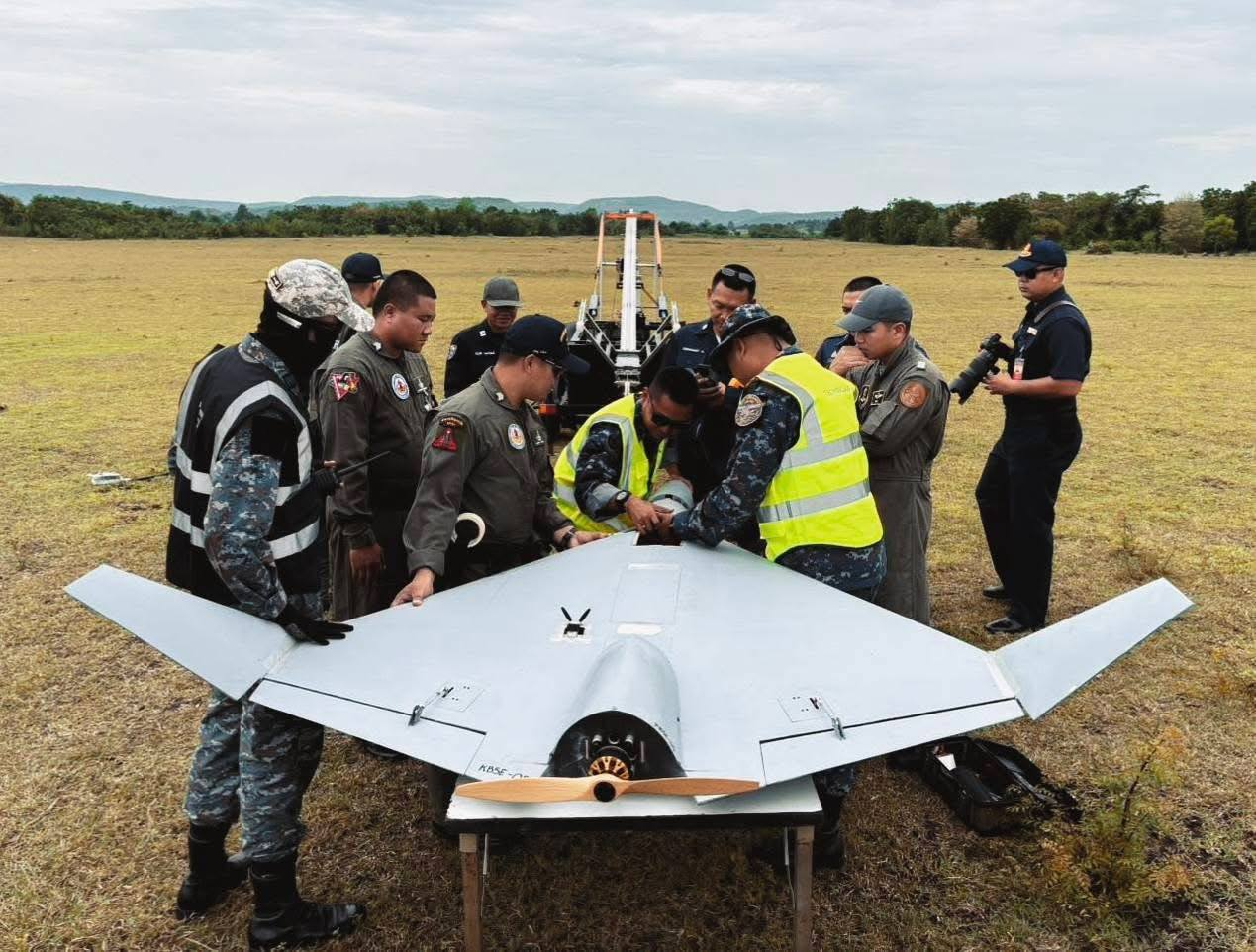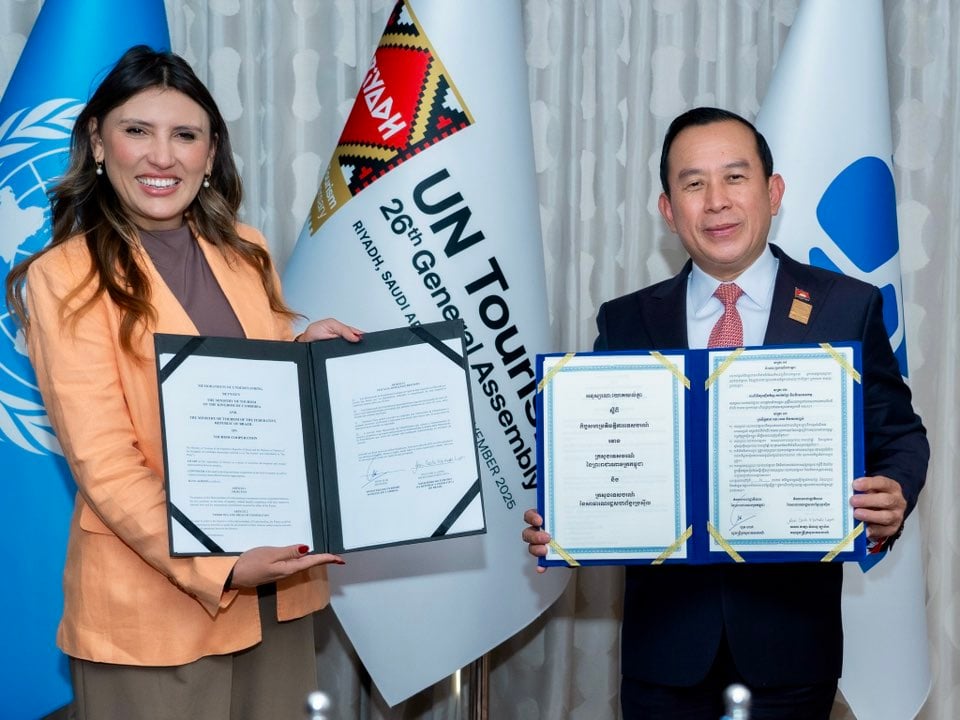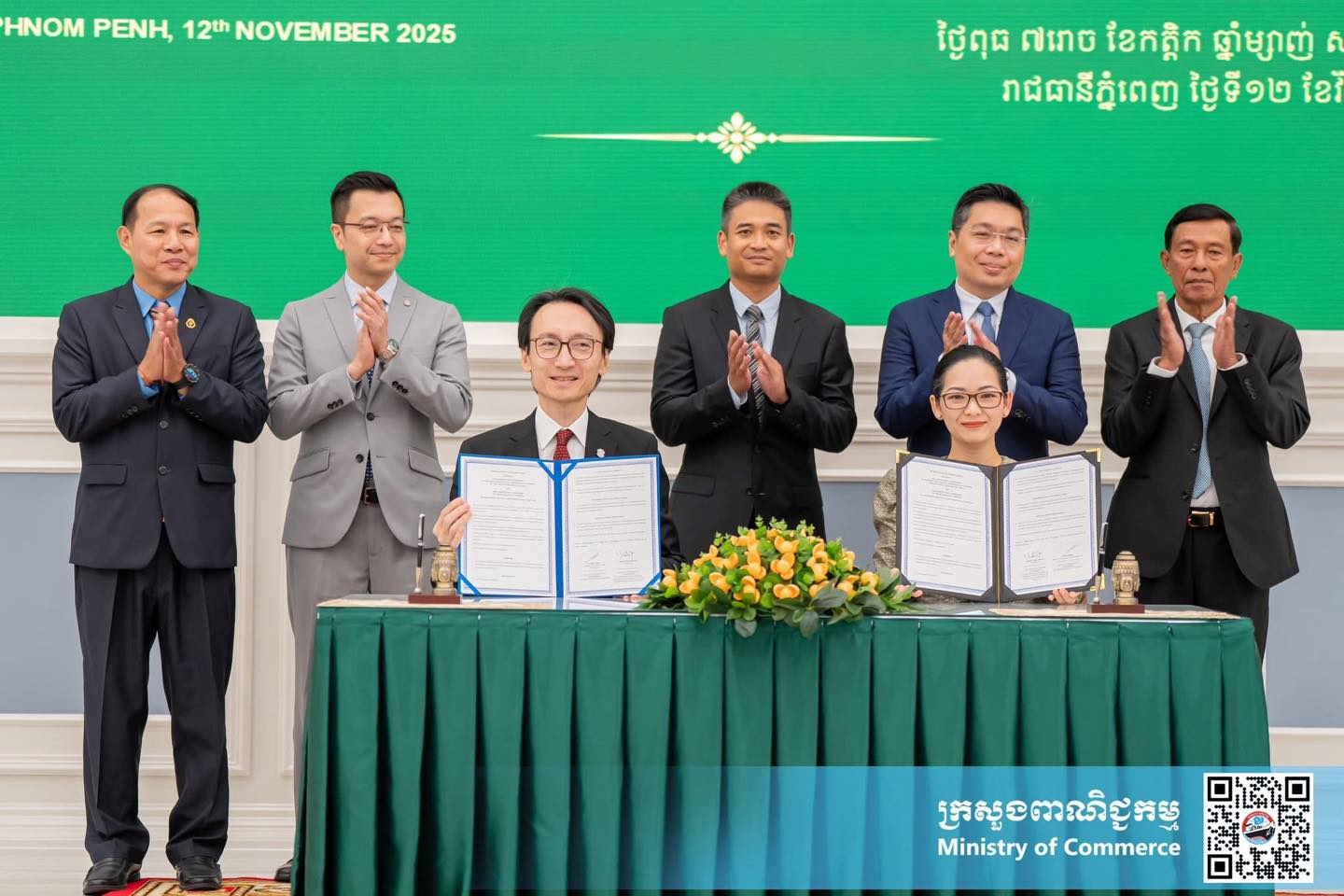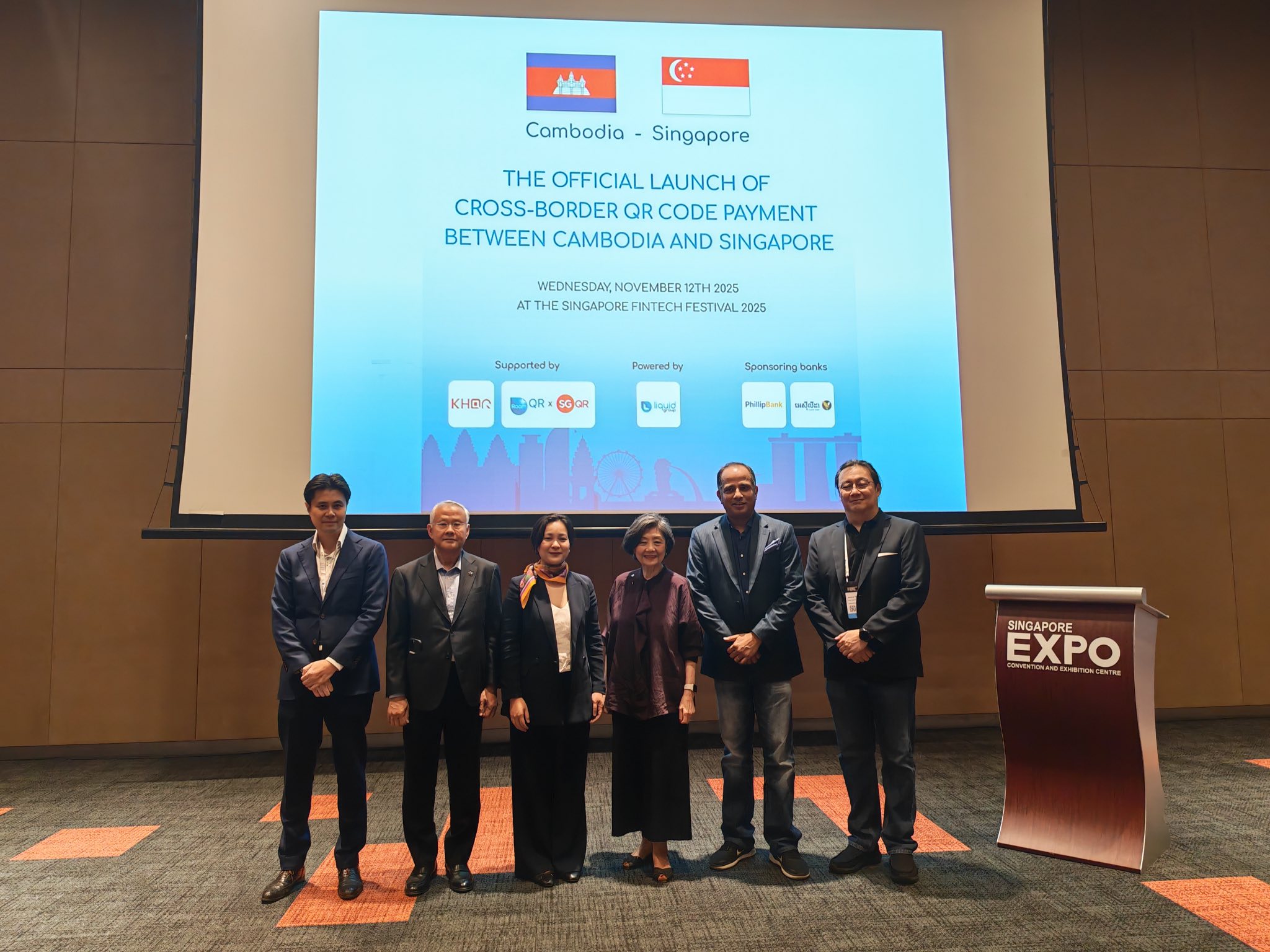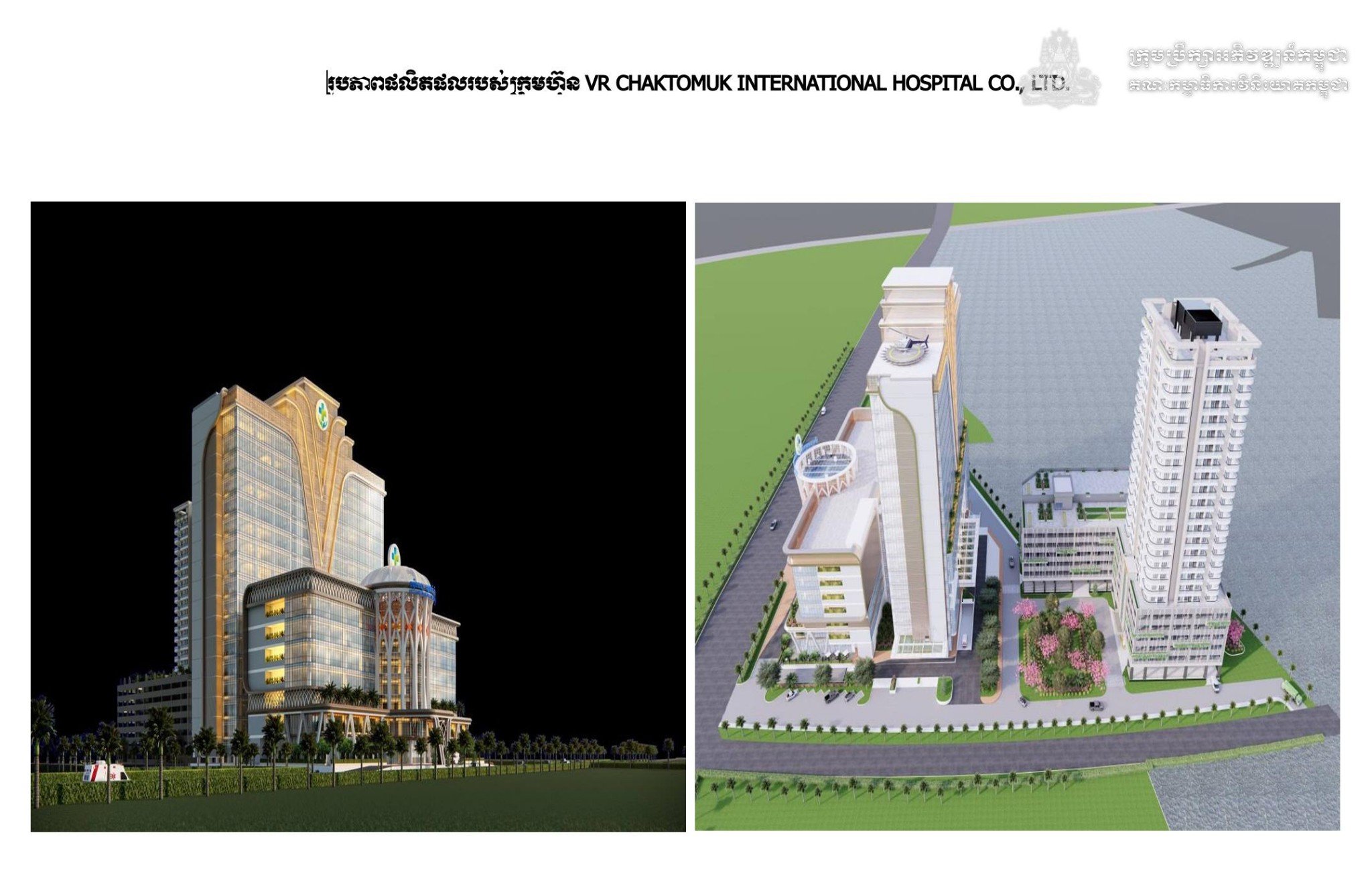Reports indicate that Thailand has been deploying ‘Kamikaze’ or suicide drones, a move that Cambodia alleges constitutes a violation of its sovereignty along the shared border. This development has brought renewed attention to the capabilities of these unmanned aerial weapons and their regional implications.
The Royal Thai Air Force (RTAF) officially announced on July 6 the successful development and testing of its Kamikaze drone. This unmanned weapon system is specifically engineered for precision strikes against designated military targets. According to the RTAF’s statement, the suicide drone was a collaborative effort by a dedicated team of Thai engineers. Their work was conducted under the oversight of the Navaminda Kasatriyadhiraj Royal Air Force Academy and the Weapons Department, in conjunction with the Research Center for Aerospace Science and Technology Development.
Testing conducted towards the end of June 2025 demonstrated the drone’s high degree of accuracy, reportedly achieving a target error margin of less than five meters. This precision capability suggests a significant advancement in Thailand’s indigenous defense technology.
Cambodian defense officials have voiced strong concerns regarding the deployment of these drones. During a conference held on the morning of July 28, Defense Ministry spokeswoman Maly Socheata explicitly stated, “Thai provocateurs continue to use F-16 cluster munitions, drones, suicide bombers, and the use of toxic smoke jets more on Cambodia’s protected areas.” She confirmed that these drones are being utilized in conjunction with F-16 fighter jets to target Cambodian military positions along the border, specifically mentioning areas like Ta Moan Thom and other localities.
From Thailand’s perspective, the development of these suicide drones is framed as a critical component of its self-defense strategy, aimed at reducing the nation’s reliance on foreign military suppliers. However, the reported use of these weapons in ongoing conflicts with Cambodia has significantly heightened tensions within the Association of Southeast Asian Nations (ASEAN) bloc. This situation has also triggered broader concerns about the potential for an arms race escalating in Southeast Asia.
Military analysts have issued warnings that if a peaceful resolution through negotiation is not achieved by both sides, the continuation of this conflict could potentially lead to larger-scale clashes. In response to the escalating hostilities, the international community, including major global actors such as the United States and the United Nations, has called for an immediate cessation of all military actions and urged both nations to resolve their differences through diplomatic channels.

